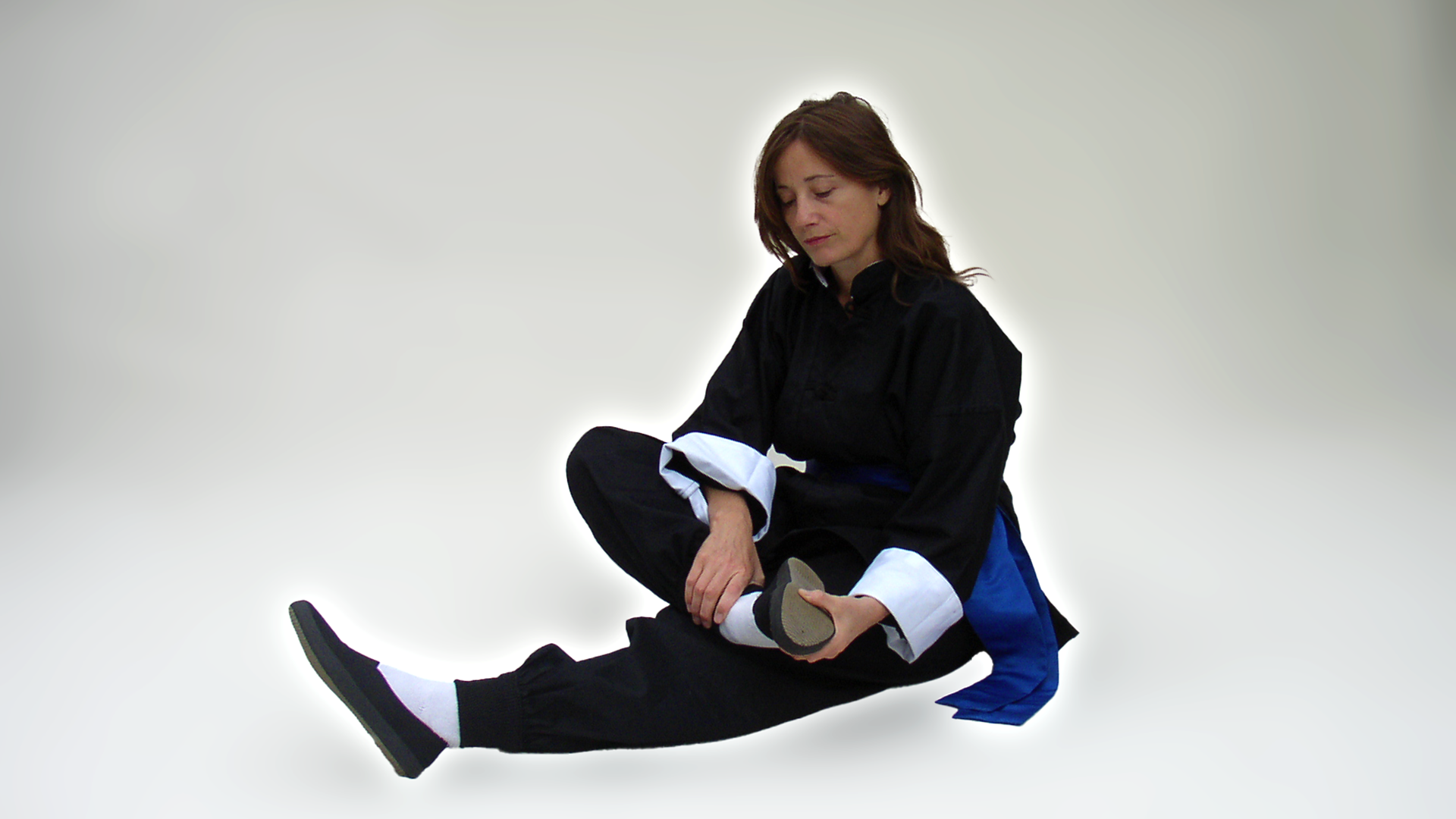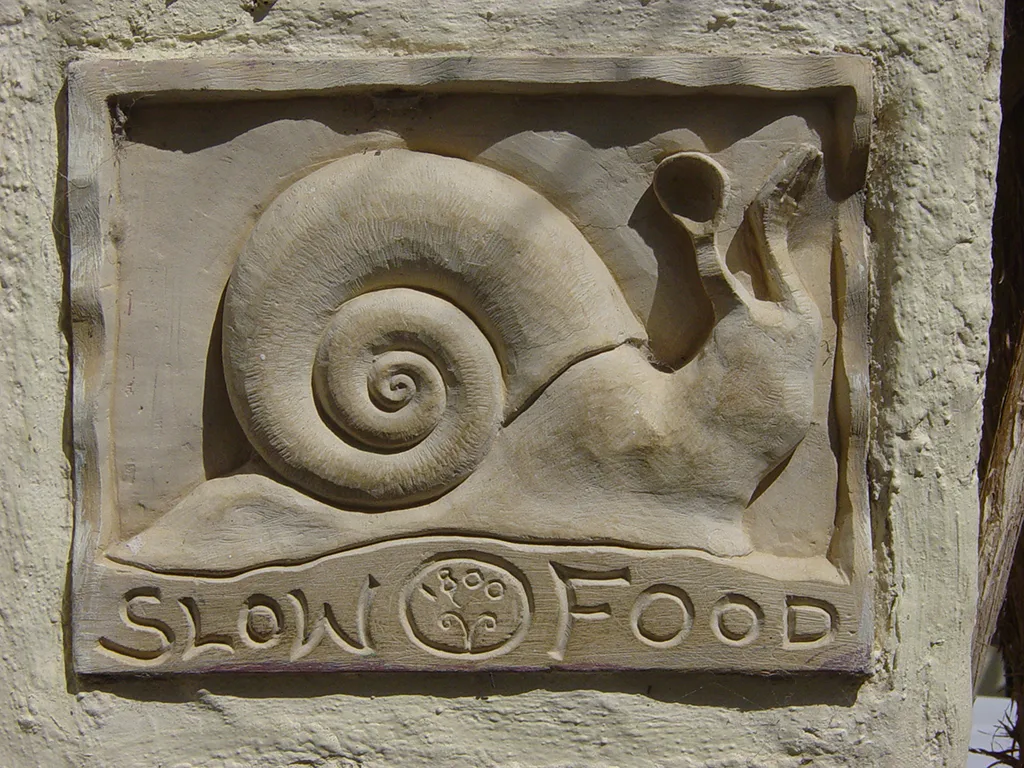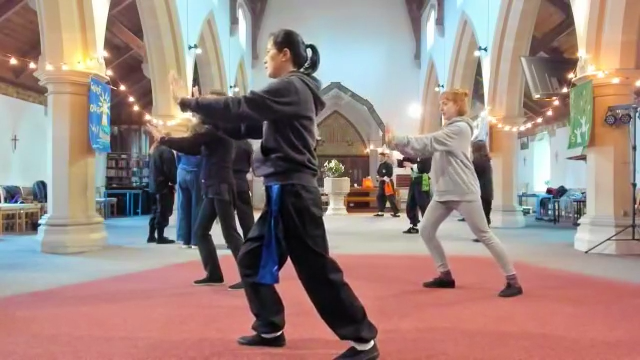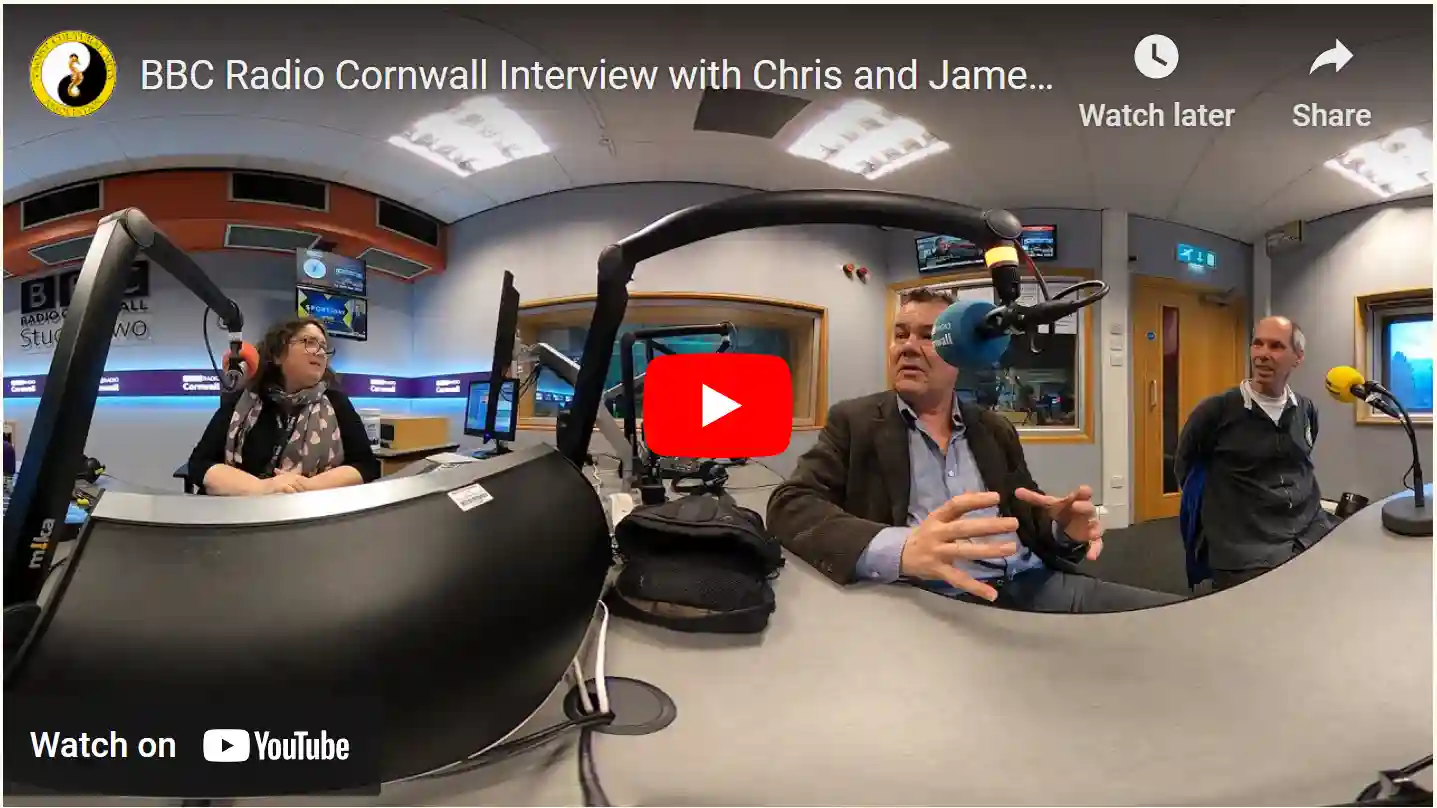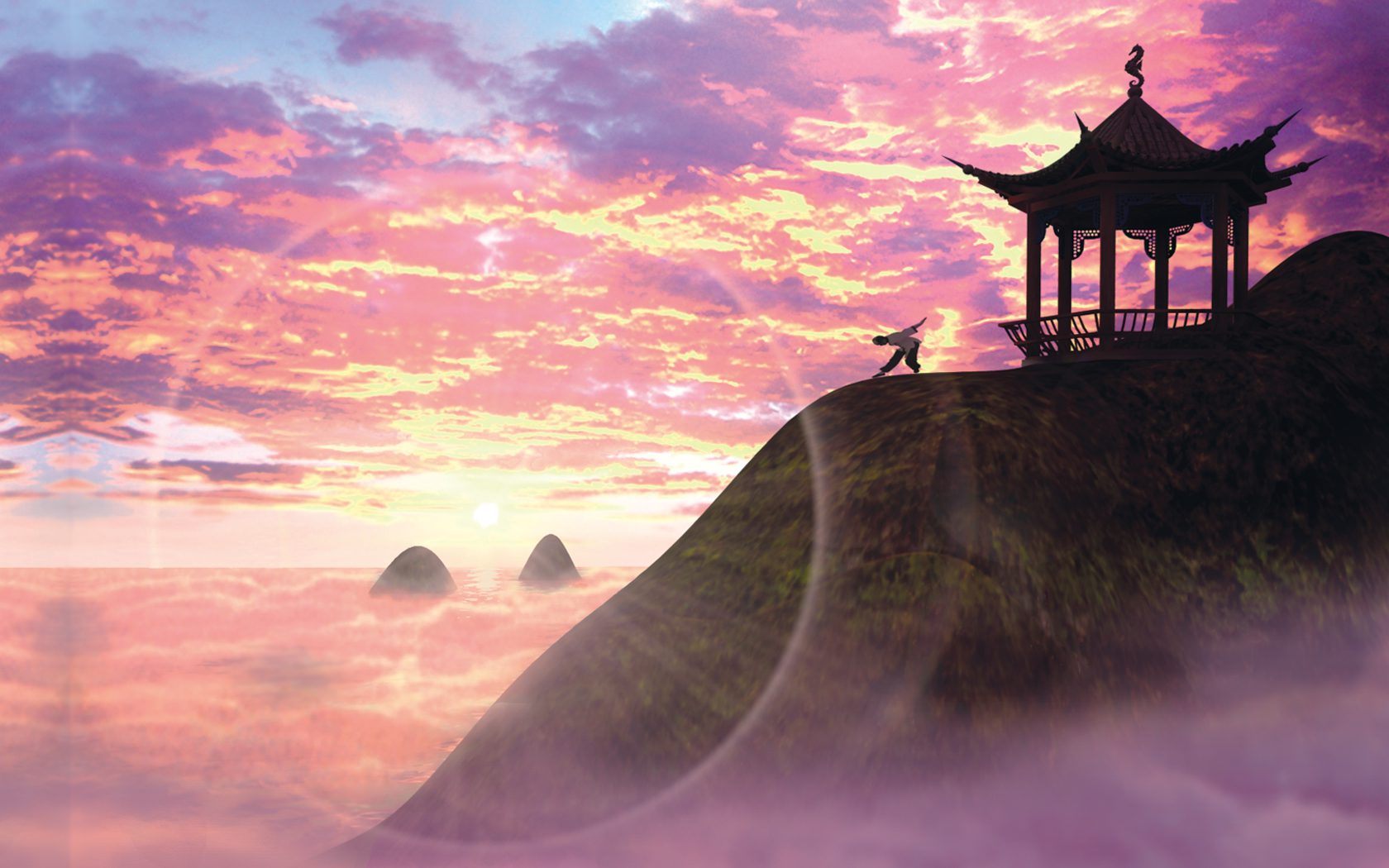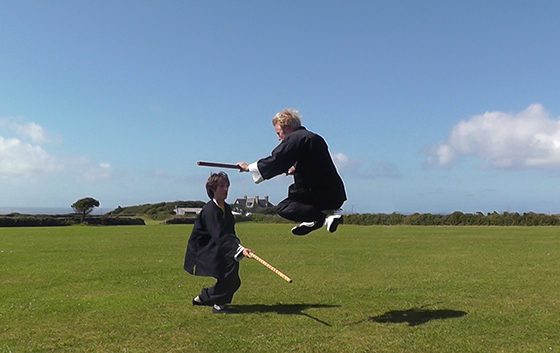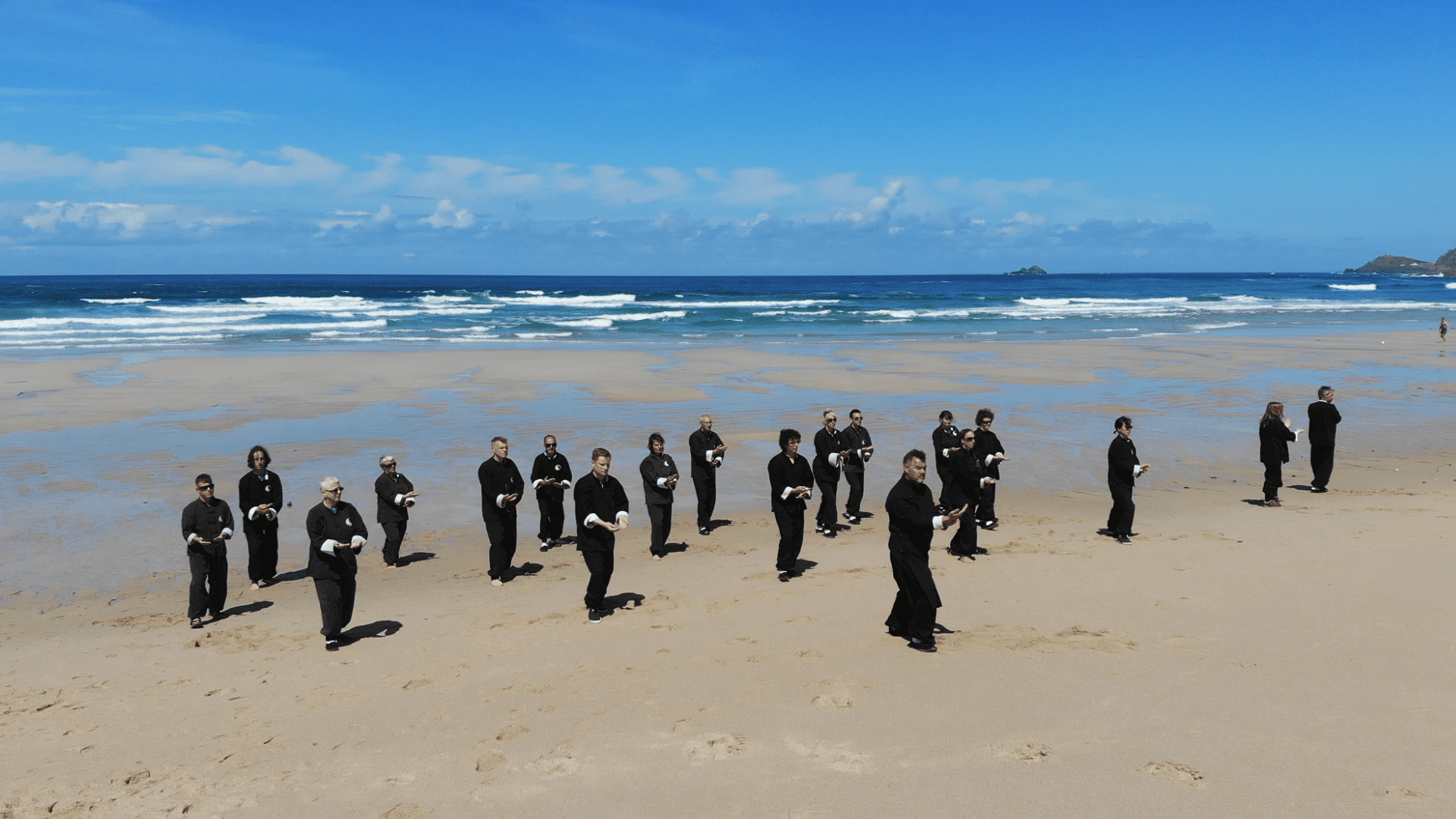-

Club discount
Why Chee Soo’s Books Are Essential for your students Master Chee Soo’s books serve as indispensable training guides for anyone dedicated to Lee style Tai Chi, Feng Shou Kung Fu, Anmo, Chinese Medicine, and Taoism. These works are a must-read for your students, as they offer foundational knowledge directly from Chee Soo, saving you countless…
-
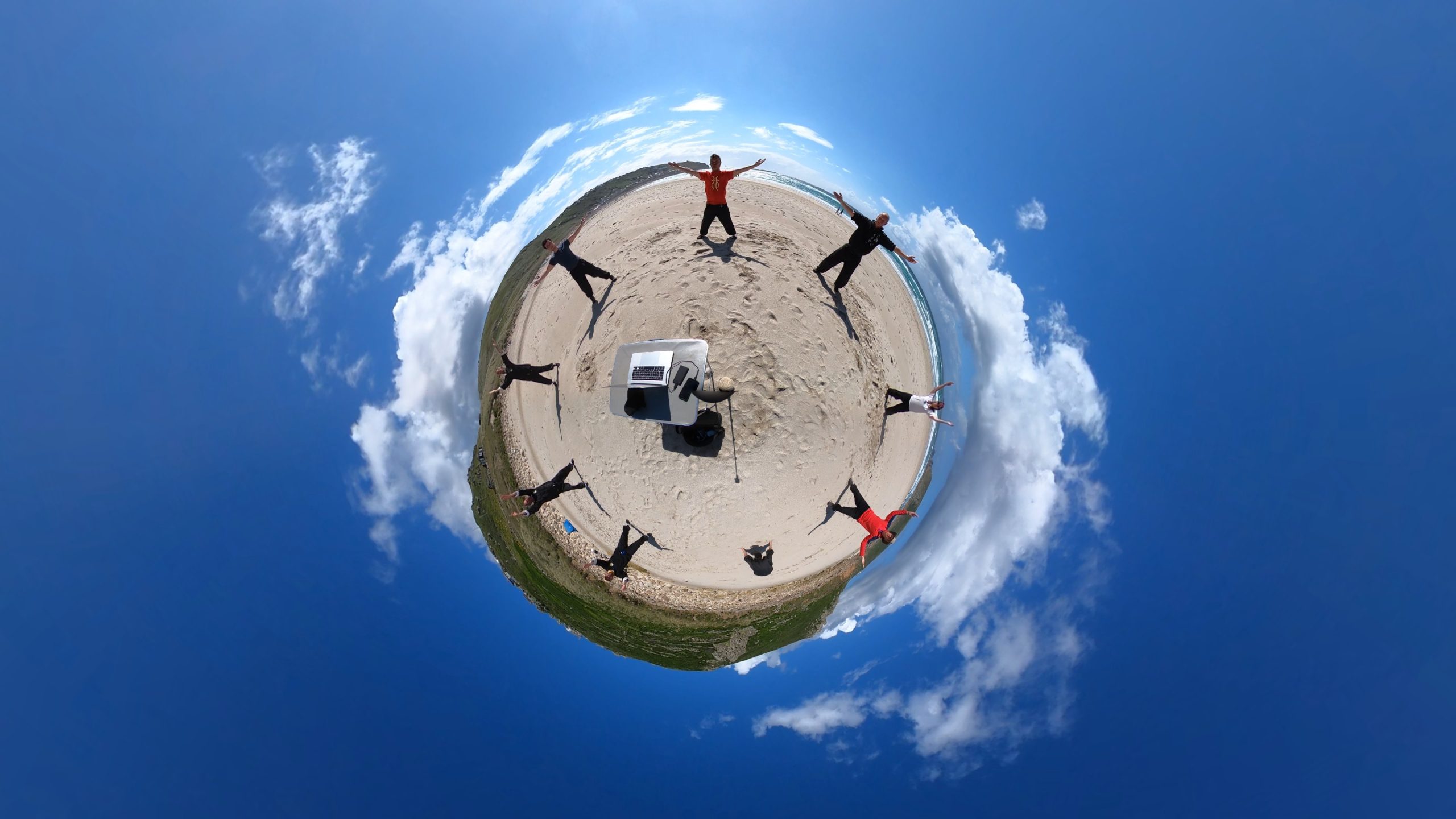
Summer Course 2025 in Cornwall
Tai Chi Week Monday 28th – Friday 1st August 2025 Feng Shou Kung Fu Week Monday 4th August to Friday 8th August 2025 Anmo Health And Massage Week Monday 11th to Friday 15th August 2025 Book Now For Early Bird Discount
-
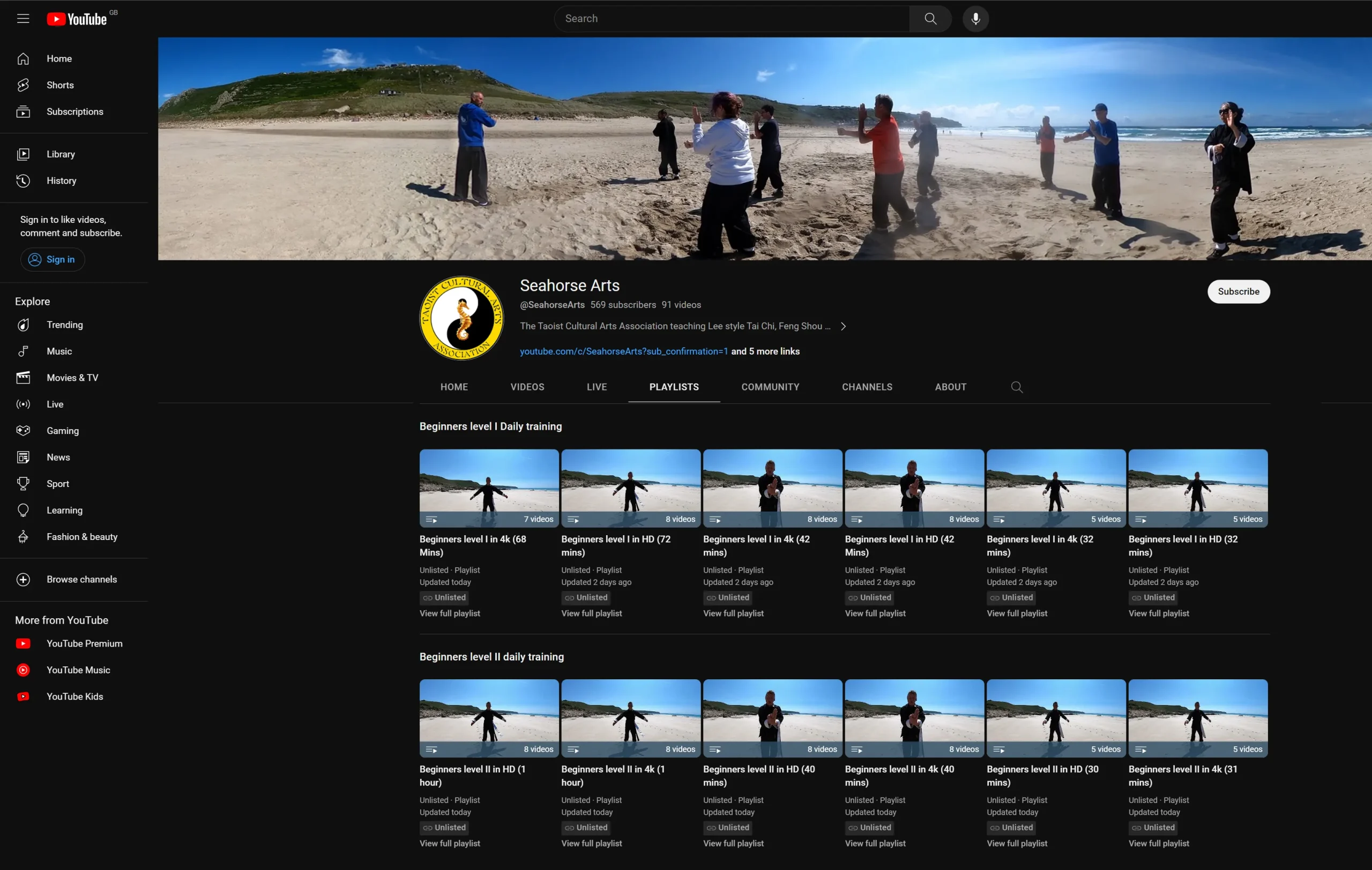
Online Tai Chi
In collaboration with the Taoist Cultural Arts Association we are offering daily Tai Chi lessons through a series of YouTube playlists you can view if you subscribe to our YouTube channel. 🌟 Unlock a World of Wellness with Our Online Tai Chi Lessons! 🌟 Hello there, potential Tai Chi enthusiast! Are you ready to embark…
-
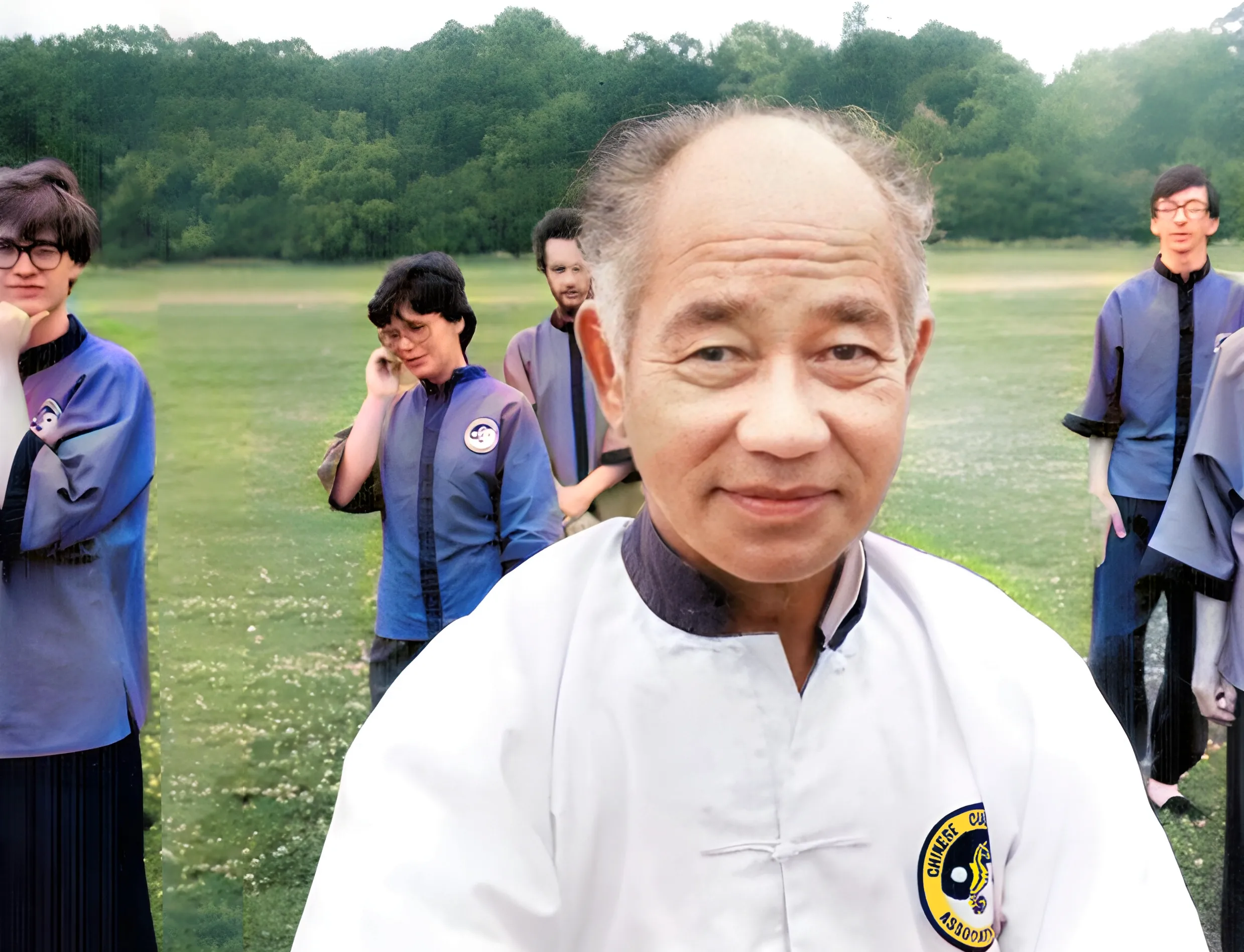
Sale now on
Check out our inflation-beating price reductions for the Spring term 2025. The Tao of My Thoughts down from £24.95 to £16.95 Feng Shou kung fu down from £17.95 to £15.95 Taoist Arts of the Lee style – full set Down from £75.25 to £58.95 The Tao of Long Life down from £10.95 to £8.95 Taoist…
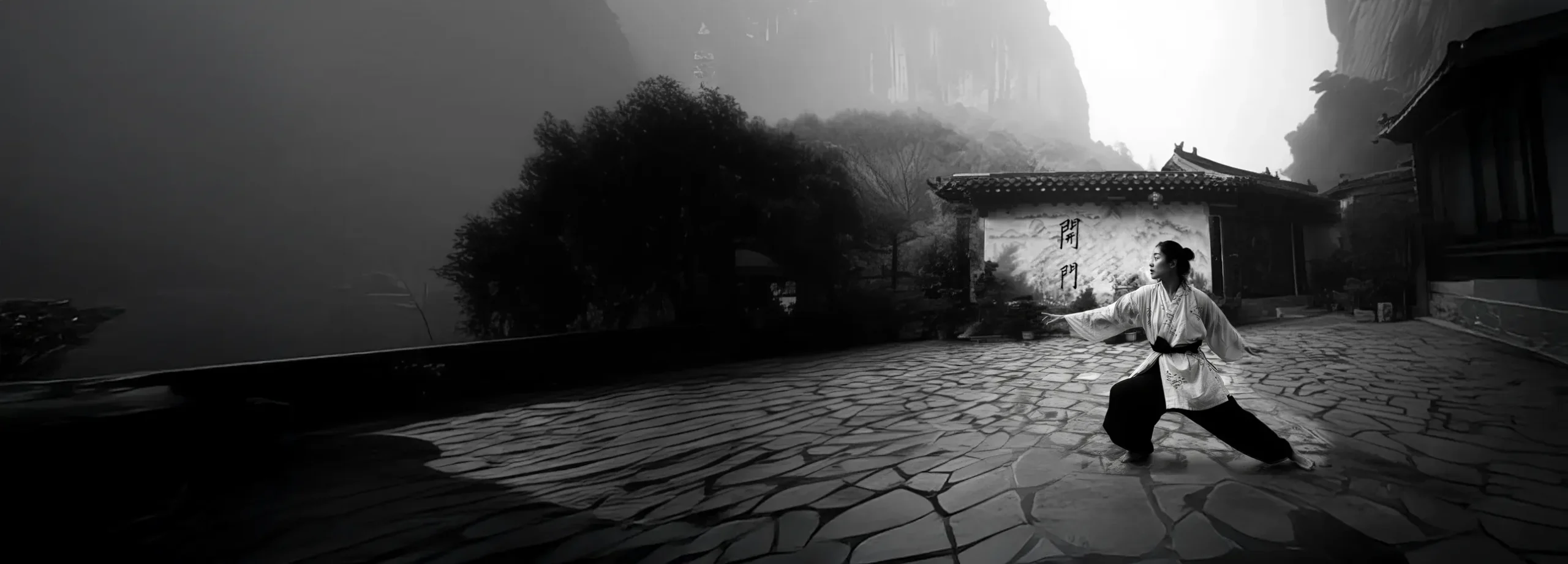
Taoist Arts of the Lee family training manuals by Chee Soo
